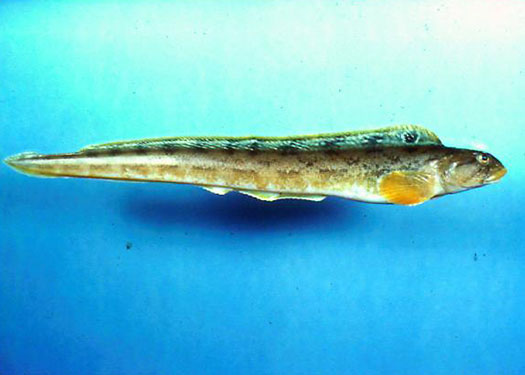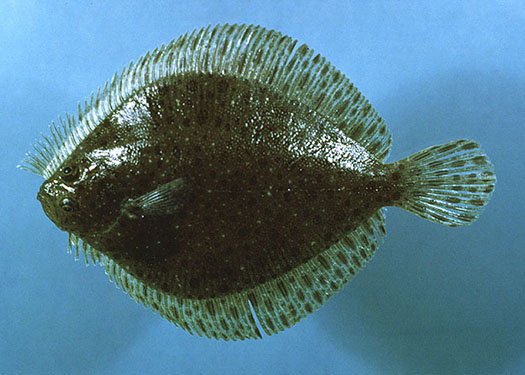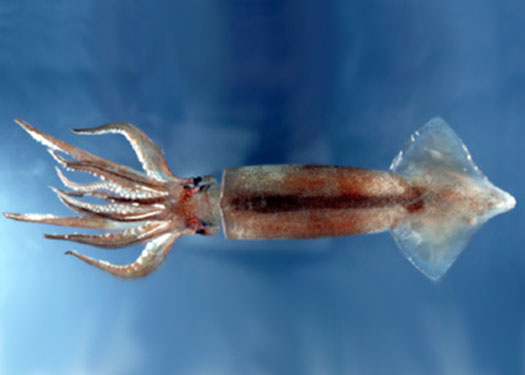Spatial Analyses
Fish Species Distribution on the NES over Time
Species on the U.S. NES have been shifting over time, possibly as a result of climate change, changes in preferred habitat, fishing pressure, or some combination of these factors. These shifts are visible in movies of the distribution of key species from the NEFSC bottom trawl survey from 1968 to 2014. The species distribution movies illustrate that for some species the bulk of their biomass has shifted northward, or towards areas with cooler temperatures. A recent study examining the shifts in the centers of biomass for more than 70 species were generally in a northeast direction along the Mid-Atlantic bight and in a southwest direction in the Gulf of Maine, possibly due to cooler bottom water temperatures. These shifts have important management implications. For species that are shifting out of traditional harvest areas, this will result in altered patterns of availability to local fishing communities, and possibly negative economic consequences as a result of lost access to stocks that are managed with species-specific quotas and rising fuel and travel costs. In some cases, fishers will need to adapt to altered marine community structures, and some subtropical-temperate species may replace those species that are lost. These shifts from one management jurisdiction to another will require more collaboration between fisheries managers in different regions. These shifts may also result in the concentration of targeted fish species increasing vulnerability to fishing activity. Atlantic cod, is one example of a species that may be experiencing this sort of concentration. Overall, shifts in species distributions may result in ecological, economic, and social challenges throughout the NES region.







